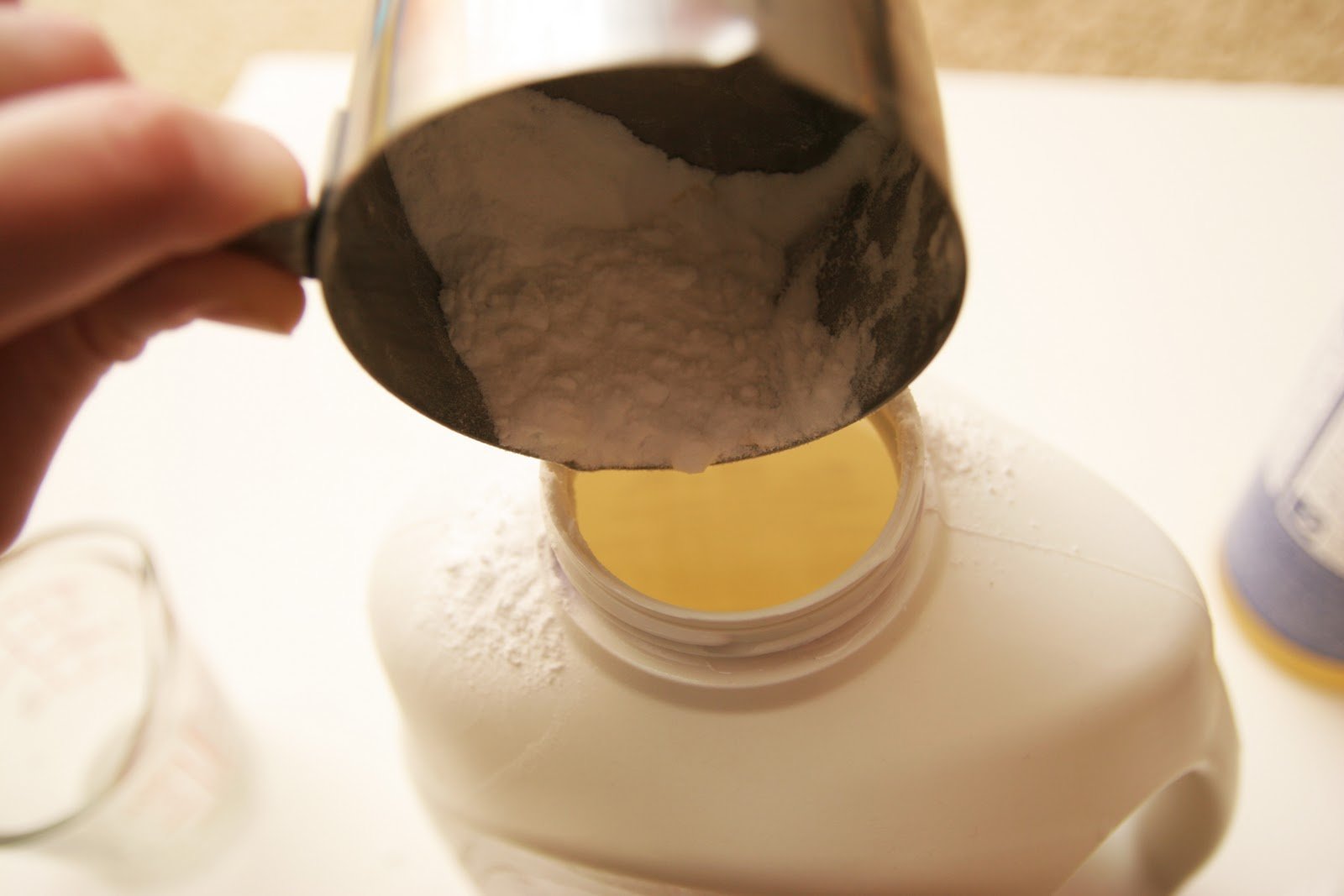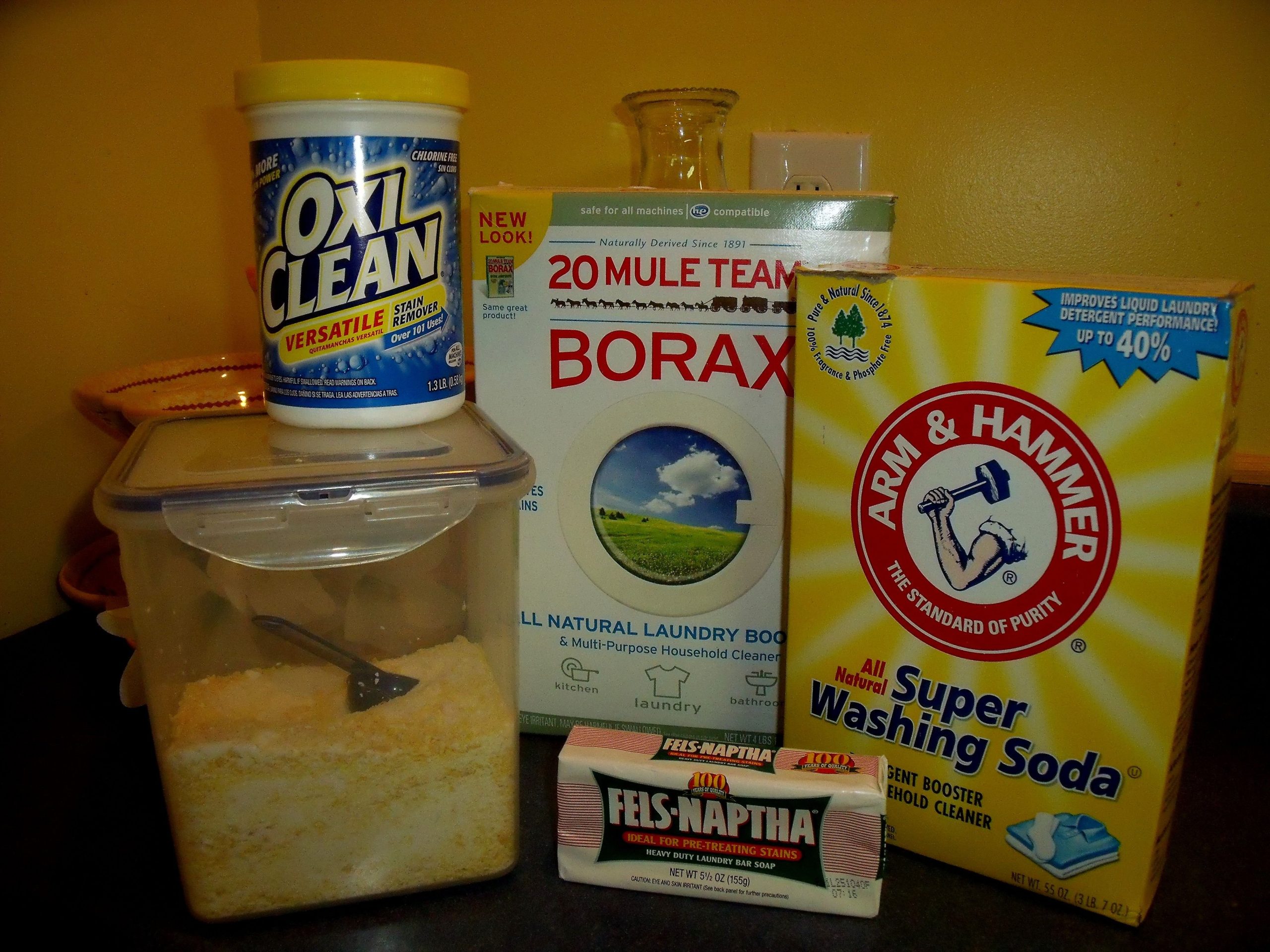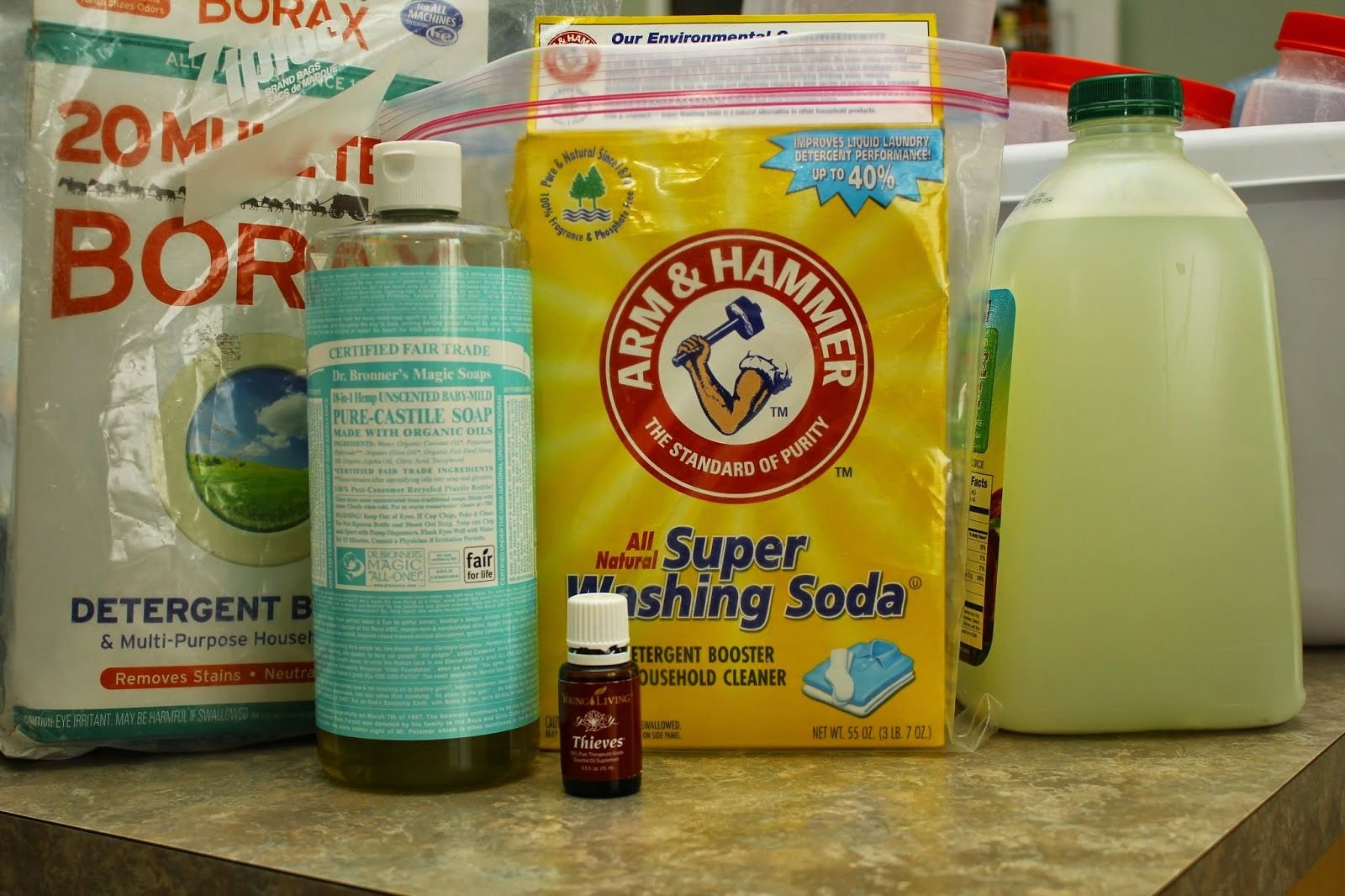Discover the secrets of crafting your own homemade laundry detergent liquid in the comprehensive guide, [How to Make Homemade Laundry Detergent Liquid: A Comprehensive Guide]. Embark on a journey that unveils the art of creating effective and eco-friendly detergent solutions. This guide empowers you with the knowledge and techniques to master laundry detergent making, transforming your laundry routine into a sustainable and economical experience.
Key Takeaways:
- Homemade laundry detergent liquid is a cost-effective and natural alternative to commercial detergents.
- Key ingredients include castile soap, borax, and washing soda.
- Benefits include brightening fabrics, removing stains, and avoiding harsh chemicals.
- The process is simple and straightforward, requiring minimal ingredients and effort.
- Multiple batches can be made for around $20, providing significant savings over time.
How to Make Homemade Laundry Detergent Liquid

Homemade laundry detergent liquid is a cost-effective, natural, and easy-to-make alternative to commercial detergents. Here’s a comprehensive guide to help you craft your own:
Benefits
- Cost-effective: Make multiple batches for around $20.
- Natural: Avoid harsh chemicals found in commercial detergents.
- Easy to make: Uses simple ingredients and a straightforward process.
Ingredients
- Castile soap (brightens and removes dirt)
- Borax (fights stains)
- Washing soda
Equipment
- Large bucket or container
- Measuring cups and spoons
- Whisk or stirring utensil
- Funnel
Instructions
- Combine ingredients in a large bucket or container:
- 1 cup castile soap
- 1/2 cup borax
- 1/2 cup washing soda
- Add 1 gallon of hot water: Stir until ingredients are dissolved.
- Fill a gallon jug with the mixture: Use a funnel for easy pouring.
- Add essential oil (optional): A few drops of your favorite essential oil can add a fresh scent.
- Shake well before each use: Store in a cool, dark place.
Troubleshooting
- Detergent is too thick: Add more water until desired consistency is reached.
- Detergent is not removing stains: Add more borax or try a stain remover.
- Detergent is leaving residue: Reduce the amount of castile soap or use a vinegar rinse cycle.
Tips
- Use grated laundry soap instead of liquid castile soap for a more concentrated detergent.
- Add a scoop of oxyclean to enhance stain-fighting power.
- Experiment with different essential oils to create a customized scent.
- Use half the recommended amount of detergent for lightly soiled loads.
-
Wondering how to keep your feline companion happy and healthy? Check out our guide on how to whip up nutritious homemade meals for your furry friends.
-
Looking to ditch harsh chemicals and create your own natural hair dye? Learn how to craft your own homemade henna using simple ingredients.
-
Tired of spending a fortune on laundry detergents? Discover how to make your own effective and cost-saving liquid laundry soap right at home.
Customizing the Detergent for Different Needs

As an eco-conscious homemaker, I’ve honed my skills in creating customized laundry detergent liquids to cater to various fabric types and stain levels. Here’s how to tailor your detergent for optimal results:
Key Takeaways:
- Customize detergent strength by adjusting the ratio of ingredients
- Add essential oils for specific stain-fighting or scenting needs
- Consider fabric type when choosing ingredients
Steps:
- For delicate fabrics: Reduce the amount of washing soda and Borax, and add a splash of white vinegar for extra gentle cleaning.
- For heavily soiled items: Increase the amount of washing soda and Borax for enhanced stain removal power.
- For specific stains: Add a few drops of essential oils with stain-fighting properties, such as lemon oil for grease or tea tree oil for odors.
Tips:
- Experiment with different ingredient combinations to find the perfect formula for your needs.
- Adjust the consistency of the detergent by adding more or less water as needed.
- Store the detergent in a sealed container to maintain its potency.
Sources:
- Clean Mastermind: How to Make Laundry Liquid Detergent
- Thrifty Couple: 5-Minute Liquid Laundry Detergent Recipe
Environmentally Friendly Approach to Laundry
Key Takeaways:
- Homemade laundry detergents are non-toxic, cost-effective, and eco-friendly.
- Natural ingredients like borax, baking soda, hydrogen peroxide, and dish soap effectively clean laundry.
- Adjust ingredient ratios to cater to specific fabric types and stain levels.
Why Go Eco-Friendly?
Going green in the laundry room not only benefits your clothes but also the planet. Harsh chemicals found in commercial detergents can irritate skin, pollute waterways, and contribute to environmental degradation. Our homemade alternative offers a safe and sustainable solution.
Benefits of Homemade Laundry Detergent
- Non-toxic: Contains no harmful chemicals, protecting your family and the environment.
- Cost-effective: A fraction of the cost of commercial detergents, saving you money in the long run.
- Eco-friendly: Reduces chemical waste, minimizing environmental impact.
How to Make Your Own
Ingredients:
- 8 cups water
- 2 cups borax
- 2 cups baking soda
- 1 cup 3% hydrogen peroxide
- 2 cups water
- 2 cups dish soap
- 8 cups boiling water
Instructions:
- In a large pot or bucket, boil 8 cups of water.
- Remove from heat and stir in borax and baking soda until dissolved.
- Dilute hydrogen peroxide with 2 cups of water and add to the mixture.
- Add dish soap and stir well.
- Gradually add 8 cups of boiling water while stirring continuously.
Storage and Use
- Store the detergent in an airtight container for up to 2 months.
- Use within 24 hours if not stored airtight.
- For regular loads, use 1/2 cup of detergent.
- Adjust amount as needed for heavily soiled clothing or large loads.
Sources:
- Martha Stewart: How to Make Homemade Laundry Detergent
- Earth Friendly Tips: Best Homemade Laundry Detergent
Troubleshooting Common Issues with Homemade Detergent
If you’ve experienced any of these issues, don’t panic! Let’s dive into some possible causes and simple solutions:
1. Too Thick:
- Cause: Not enough water.
- Solution: Gradually add more water, stirring until desired consistency.
2. Not Removing Stains:
- Cause: Insufficient borax.
- Solution: Add more borax, following the recipe’s instructions.
3. Leaving Residue:
- Cause: Too much castile soap or improper rinsing.
- Solution: Reduce castile soap in the recipe or consider adding a vinegar rinse to your washing routine.
Key Takeaways:
- Monitor the consistency of your homemade detergent, adding water or borax as needed.
- Follow the recipe carefully to ensure proper stain removal and prevent residue buildup.
- If residue persists, adjust the amount of castile soap or incorporate a vinegar rinse.
Relevant Sources:
- DIY Natural: Troubleshooting Homemade Laundry Detergent
- Apartment Therapy: How to Fix a Homemade Laundry Detergent That’s Not Working
FAQ
Q1: What are the essential ingredients for homemade laundry detergent liquid?
A1: The essential ingredients for homemade laundry detergent liquid include bar soap, washing soda, and Borax.
Q2: How can I customize my homemade detergent to suit my needs?
A2: You can customize your homemade detergent by adjusting the strength of the solution based on fabric type and stain severity. You can also add essential oils for scent or stain-fighting properties.
Q3: How do I store homemade laundry detergent liquid?
A3: Homemade laundry detergent liquid can be stored in an airtight container for up to 2 months. However, if not stored airtight, it should be used within 24 hours.
Q4: How much homemade detergent should I use per load?
A4: For top-loading machines, use 1/8-1/4 cup of homemade detergent per load. For HE front-loading machines, use 1-2 tablespoons per load.
Q5: Is homemade laundry detergent liquid safe for all fabrics?
A5: Homemade laundry detergent liquid is generally safe for use on most fabrics. However, it is always recommended to test it on a small, inconspicuous area of the fabric before full use.
- Stove Backsplash Ideas: Find Your Perfect Kitchen Style - December 24, 2025
- Stovetop Backsplash Ideas: Stylish Protection for Your Kitchen Cooking Zone - December 23, 2025
- Embossed Backsplash Tile Kitchen: Add Texture And Style - December 22, 2025










